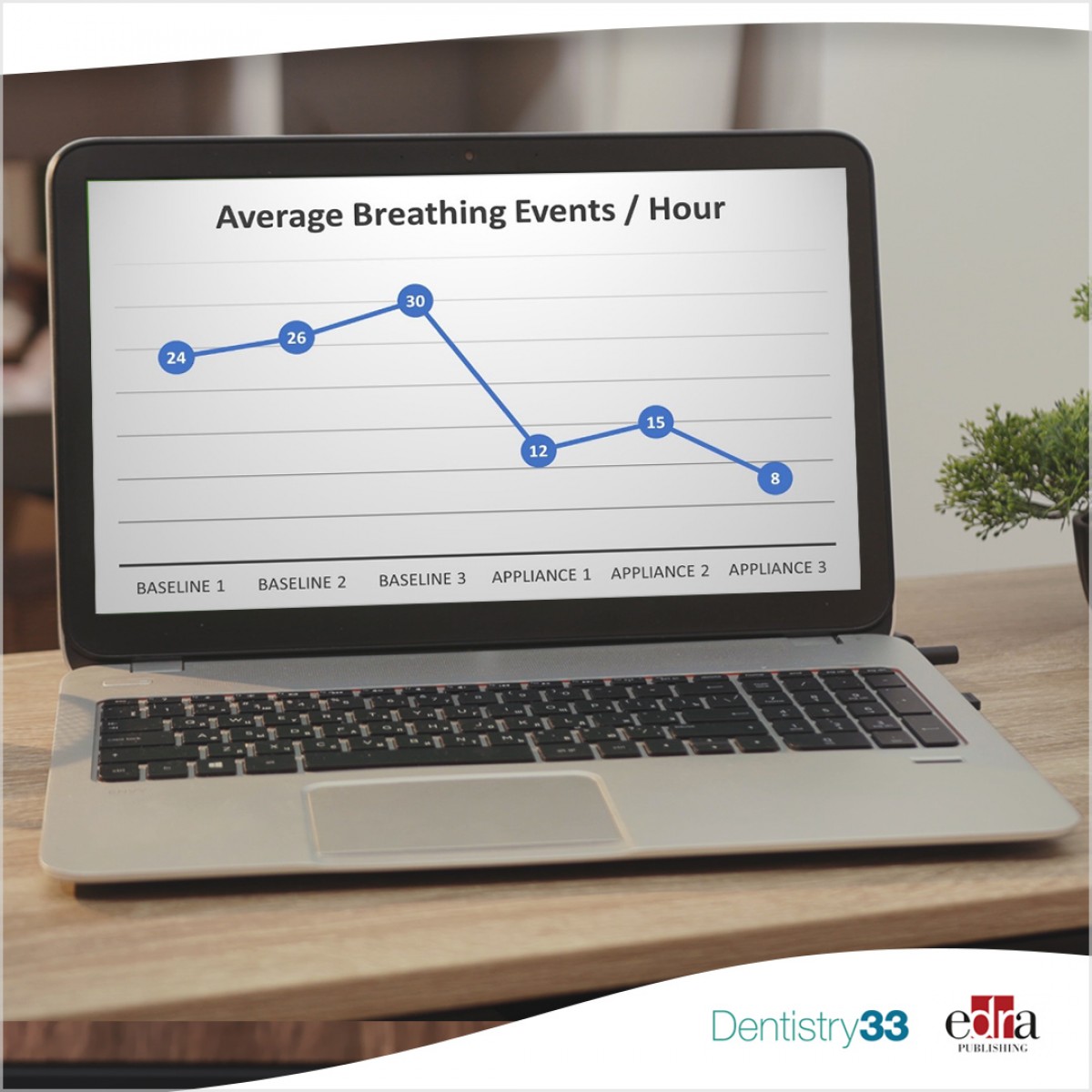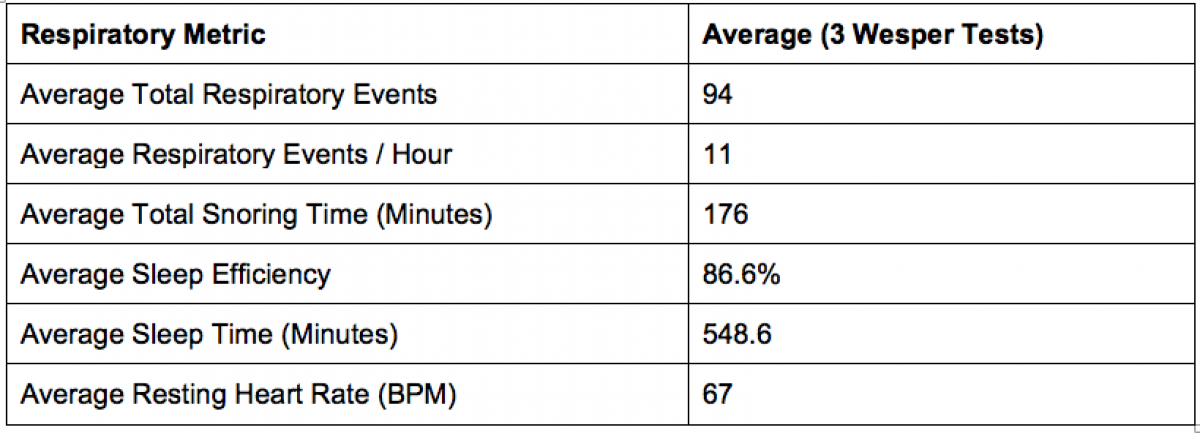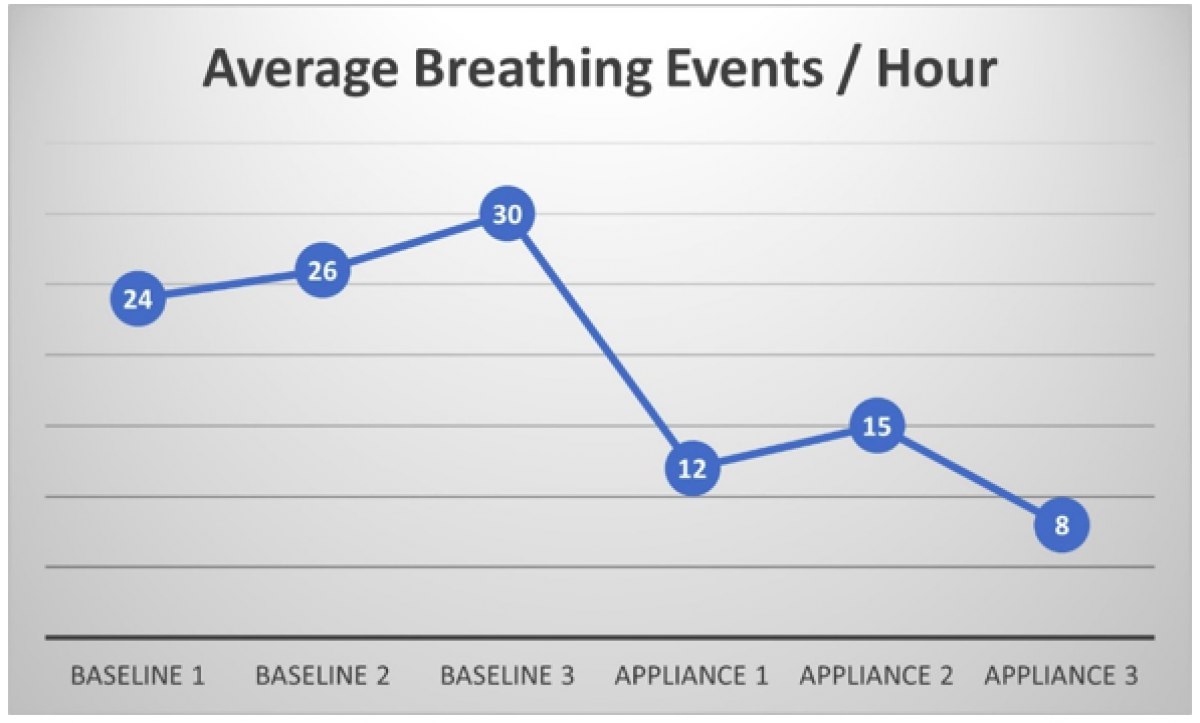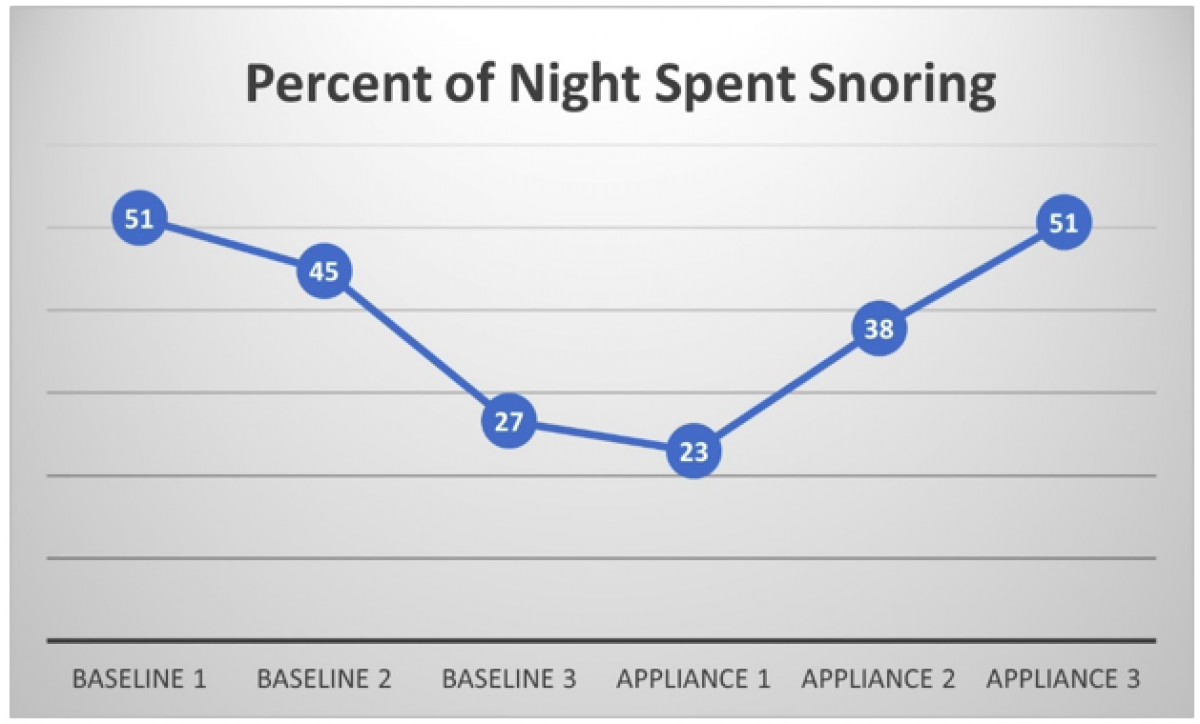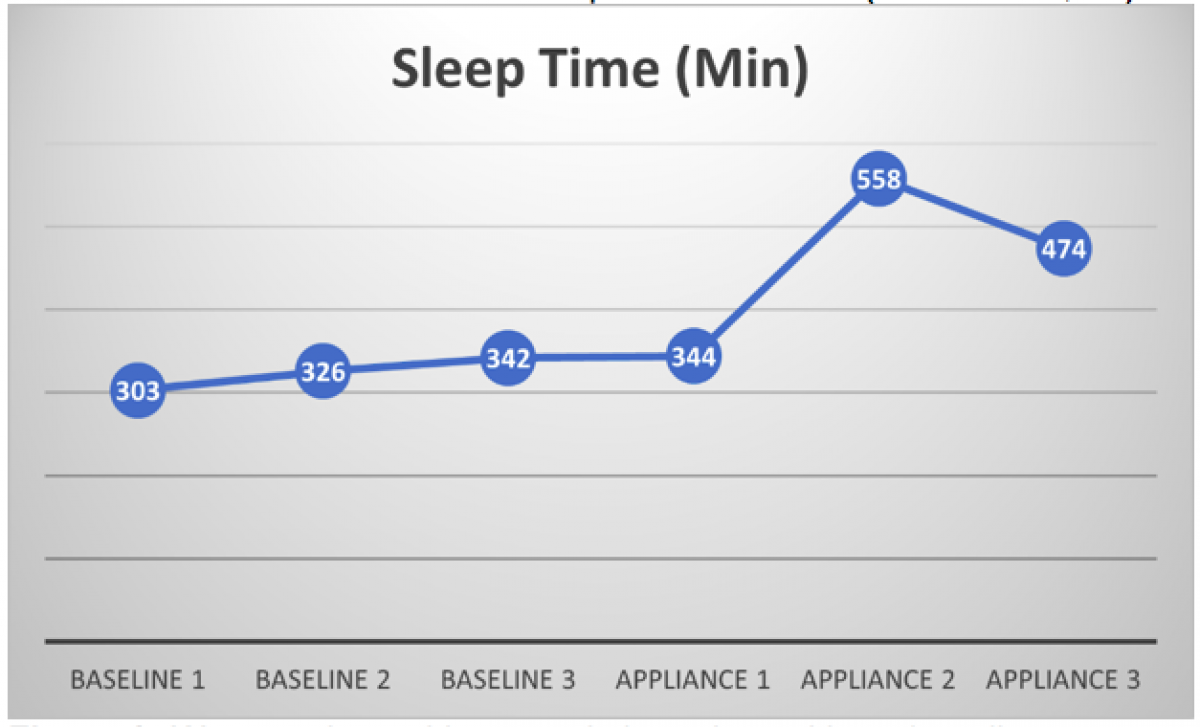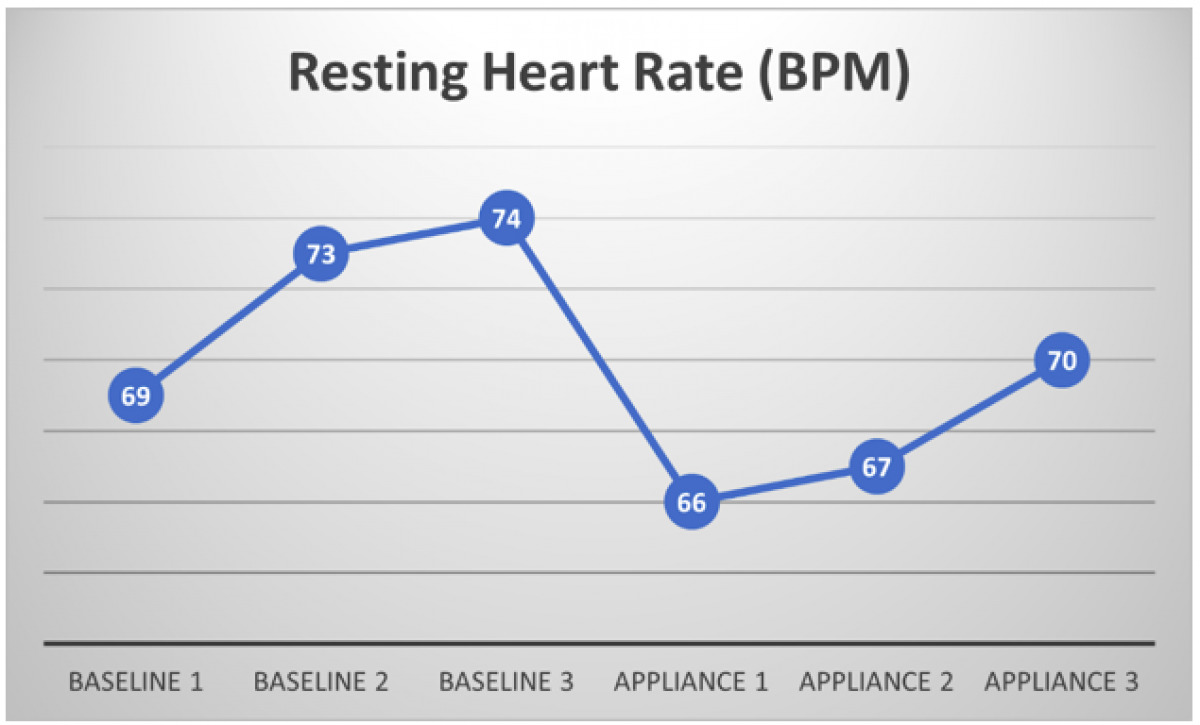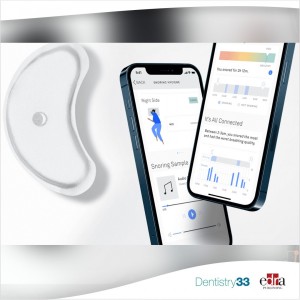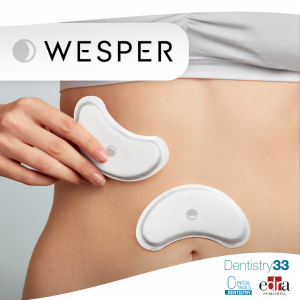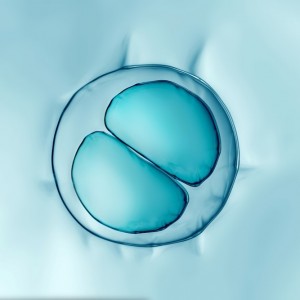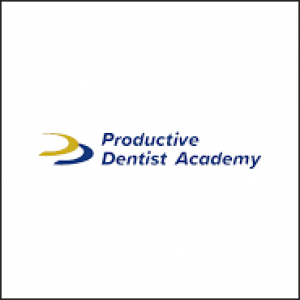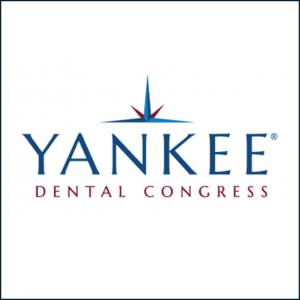
Wesper used to objectively monitor oral device titration in a patient with moderate OSA.
Dentists rely on expensive and time-consuming overnight sleep studies or expensive, limited-use home sleep tests to confirm that oral appliance therapy successfully reduces sleep apnea symptoms. When additional testing is not immediately available, dentists often rely on subjective patient reporting of their sleep apnea symptoms.
Long wait times for testing and subjective-based monitoring prolong the titration phase of oral appliance therapy, reduce patient engagement and adherence, and decrease health outcomes. Emerging technologies, such as Wesper, aim to improve the oral titration and patient monitoring process.
This case study demonstrates how Wesper, a novel type III Home Sleep Test and sleep monitoring technology, is currently being utilized to aid in the titration of oral appliances used to treat obstructive sleep apnea.
Wesper consists of two soft, flexible biosensor patches, which adhere to the abdomen and thorax. Wesper connects wirelessly to a mobile device, is rechargeable and reusable, and is extremely user-friendly. The patches collect a wide range of sleep and respiratory metrics, allowing real-time monitoring of patients going through the oral titration processes. Wesper organizes patient data into individual reports and collates each test into a longitudinal view, allowing the provider to easily visualize whether their patient’s respiration improves after each titration.
Here, we provide a case study demonstrating how Wesper was utilized to quickly and objectively titrate an oral appliance for a moderate sleep apnea patient. Wesper also demonstrated real-time improvement in other sleep quality metrics.
Case Presentation
We present a 63-year-old male with a BMI of 26.3 and a history of moderate obstructive sleep apnea and snoring. The patient was referred for oral appliance therapy after failing to adjust to CPAP. During the first consultation, the patient was provided with Wesper and instructed to test for three nights without treatment to set a baseline for their typical nighttime respiration.
Wesper reports moments of increased respiratory effort or reduced airflow as “breathing events”. On completion of the baseline tests, the patient’s results were consistent with their previous diagnosis of moderate sleep apnea (Table 1). Their average total number of breathing events was 147 (min/max: 121, 176 max) and an average of 27 events per hour (min/max: 21, 31). The patient also had an average of 130 minutes of total snoring time (min/max: 91, 155).
In addition to respiratory metrics, Wesper collected additional sleep metrics to demonstrate how moderate sleep apnea affected the patient’s overall sleep quality (Table 1). These metrics include sleep efficiency, sleep time, and resting heart rate (beats per minute).
Wesper demonstrated that prior to oral appliance therapy, the patient’s average sleep efficiency was 83.6% (min/max: 78%, 87%), average sleep time was 323.6 minutes (min/max: 303, 342), average resting heart rate was 72 beats per minutes (min/max: 69, 74).
Table 1: Summary of respiratory and sleep metric data collected by Wesper prior to use of oral appliance therapy
Once baseline testing was complete, the patient was instructed to use their oral appliance and conduct three additional tests with Wesper to determine whether the initial application of the appliance improved respiration and sleep quality. On applying the oral appliance, Wesper demonstrated immediate improvement in booth respiration and overall sleep quality (Table 2). The patient’s results with oral appliances showed a reduction in total respiratory events from 147 to 94 (min/max: 65, 148; Figure 1), a reduction in average respiratory events per hour from 27 to 11 (min/max: 8, 16; Figure 2).
Total snoring time increased from an average of 130 minutes to 176 minutes (min/max: 79, 240; Figure 3); however, it is important to note that total snoring time is related to an overall increase in total sleep time (Figure 4). This demonstrated that the use of the oral appliance did not increase snoring. Further titration may be required to improve snoring.
Sleep quality metrics also improved on the application of the oral appliance. Sleep efficiency increased from 83.6% to 86.6% (min/max: 86%, 87%). On average, total sleep time improved from 323.6 minutes to 548.6 minutes (min/max: 344, 558; Figure 3). Finally, the average resting heart rate decreased from 72 beats per minute to 67 (min/max 66, 70).
Summary of respiratory and sleep metric data collected by Wesper after application of oral appliance therapy
Summary and Conclusion The six Wesper tests conducted over a period of 11 days clearly demonstrate an immediate improvement of sleep apnea pathology, including positive effects on sleep quality and resting heart rate. The health provider was supplied with an objective guide for further titration.
 Related articles
Related articles
Market 27 August 2022
Now from the comfort of your home, using Wesper can lead to real diagnoses for common sleep issues.
Wesper - the first of its kind sleep health platform officially launched their Wesper Lab, the successor device to their successful Wesper Lite. The Wesper has been cleared by the U.S. Food and Drug...
The Blind Spot 17 January 2022
It seems impossible to stop breathing during sleep in a completely involuntary way. However, this is a real, critical condition, often underestimated and underdiagnosed, that can lead to...
 Read more
Read more
Oral pathology 24 October 2025
Isolation and characterization of dental pulp stem cells from a supernumerary tooth
Dental pulp stem cells (DPSCs) were primarily derived from the pulp tissues of primary incisors and permanent third molar teeth, whereas no report to our knowledge has yet been documented on deriving...
Editorials 24 October 2025
From mentoring workshops to leadership insights, the last week’s IU School of Dentistry (IUSD) fall faculty conference and staff retreat brought faculty and staff together respectively for two days...
Products 24 October 2025
At the American Academy of Periodontology’s Annual Meeting, Carestream Dental continues to deliver what’s next in dentistry with the launch of CS 3D.
News 24 October 2025
As dental professionals prepare to wrap up 2025, many are setting ambitious goals for the year ahead, yet few have a clear, actionable plan to achieve them.
News 24 October 2025
The Yankee Dental Congress will take place from January 29, 2026, through January 31, 2026, at the Thomas M. Menino Convention & Exhibition Center in Boston.


